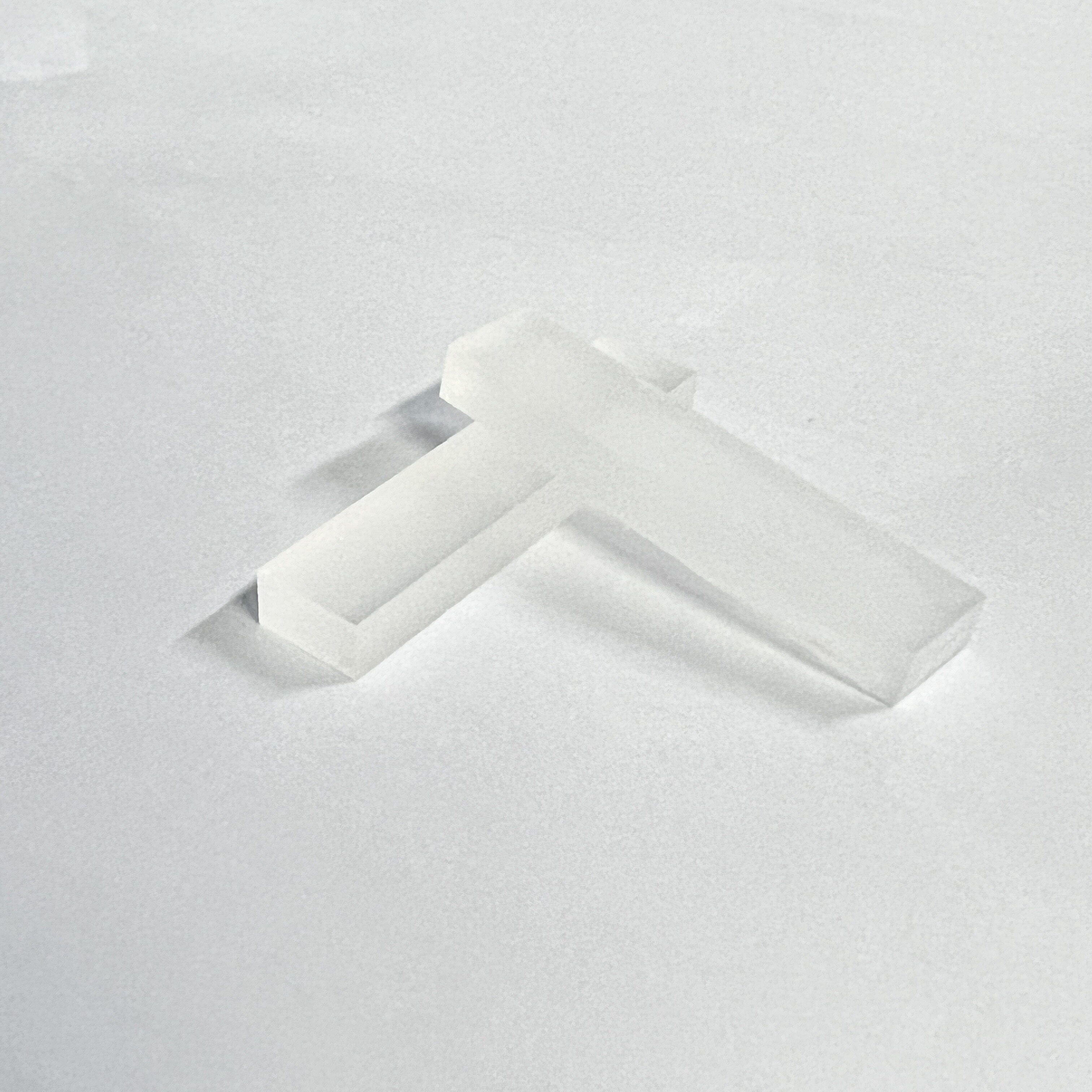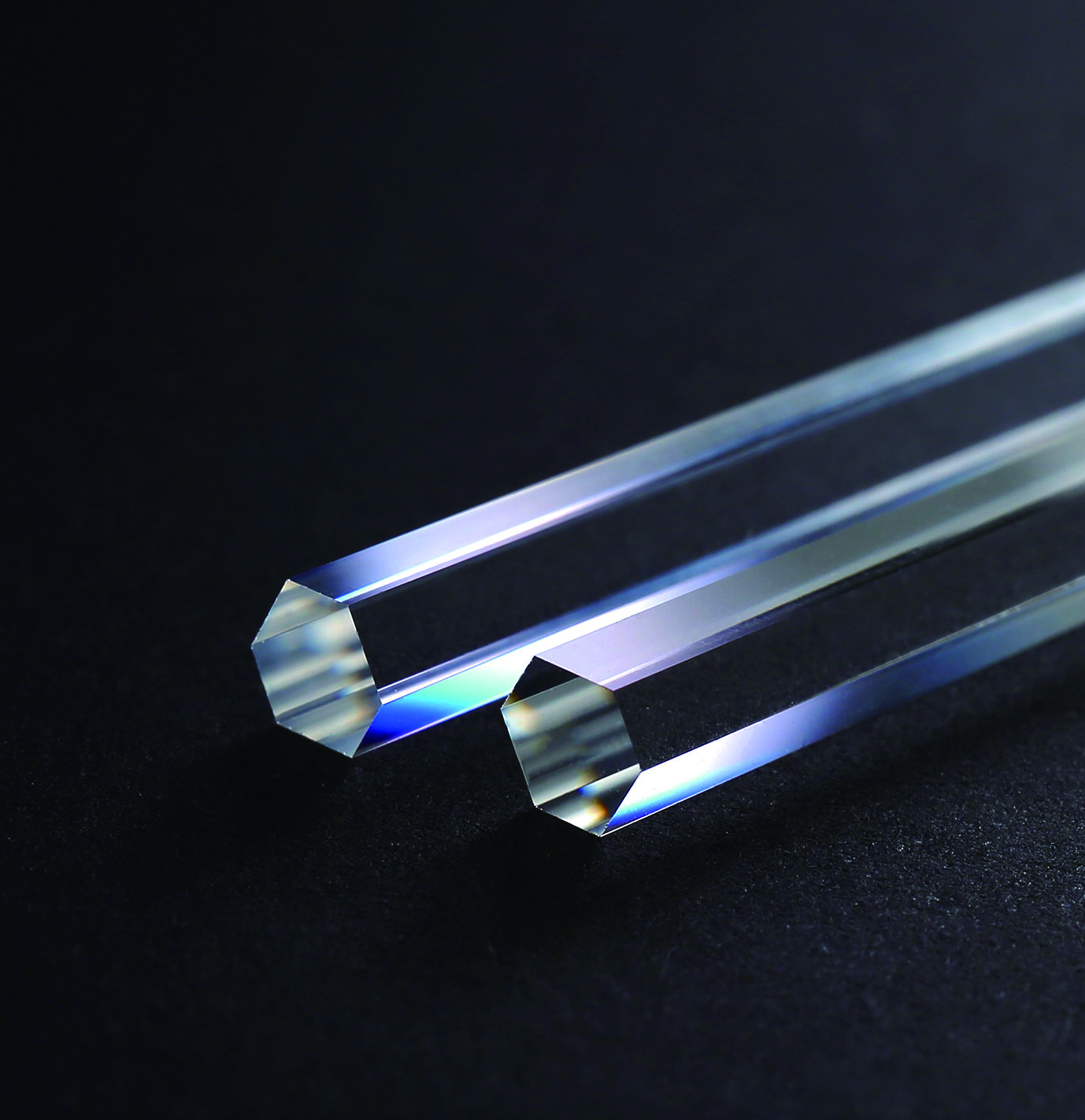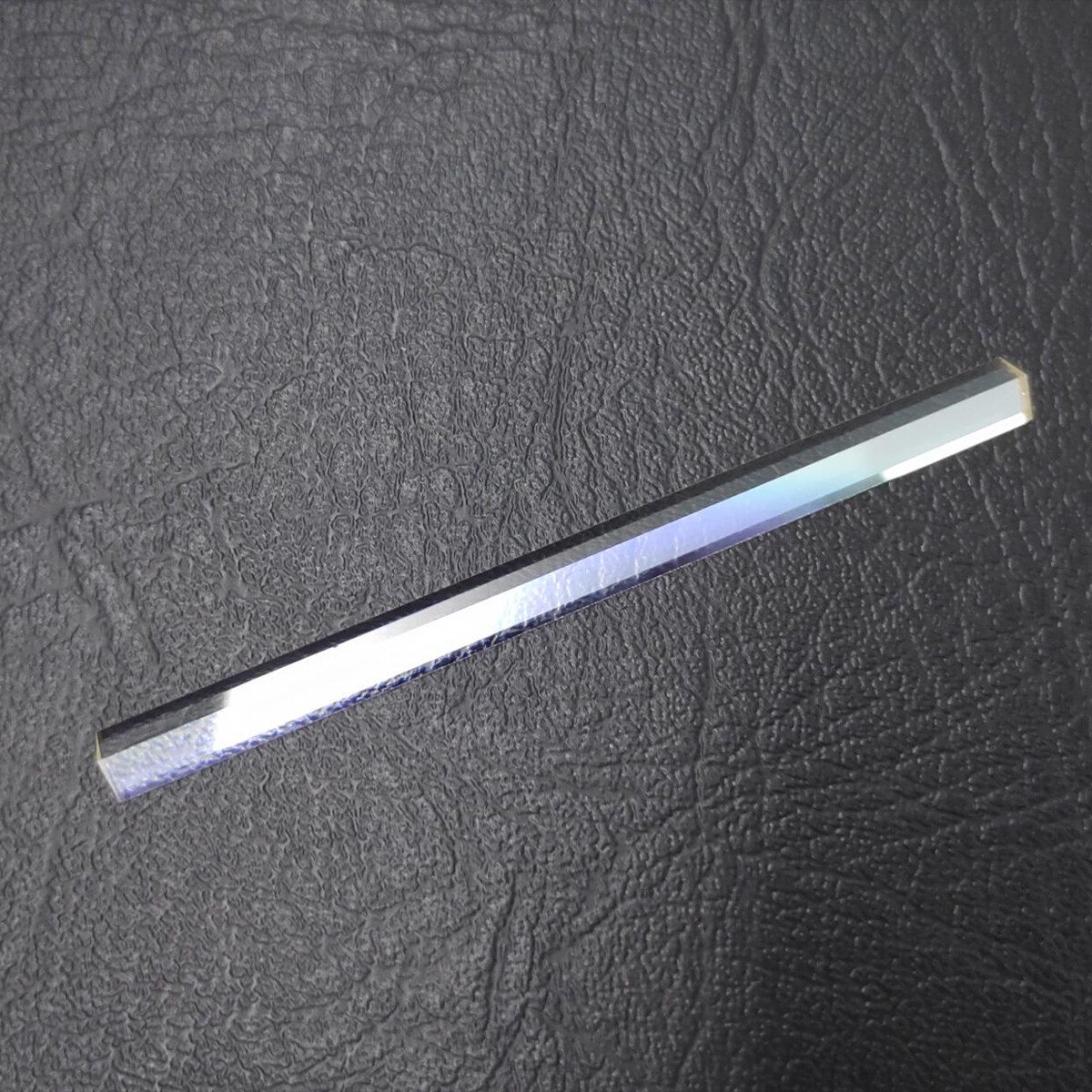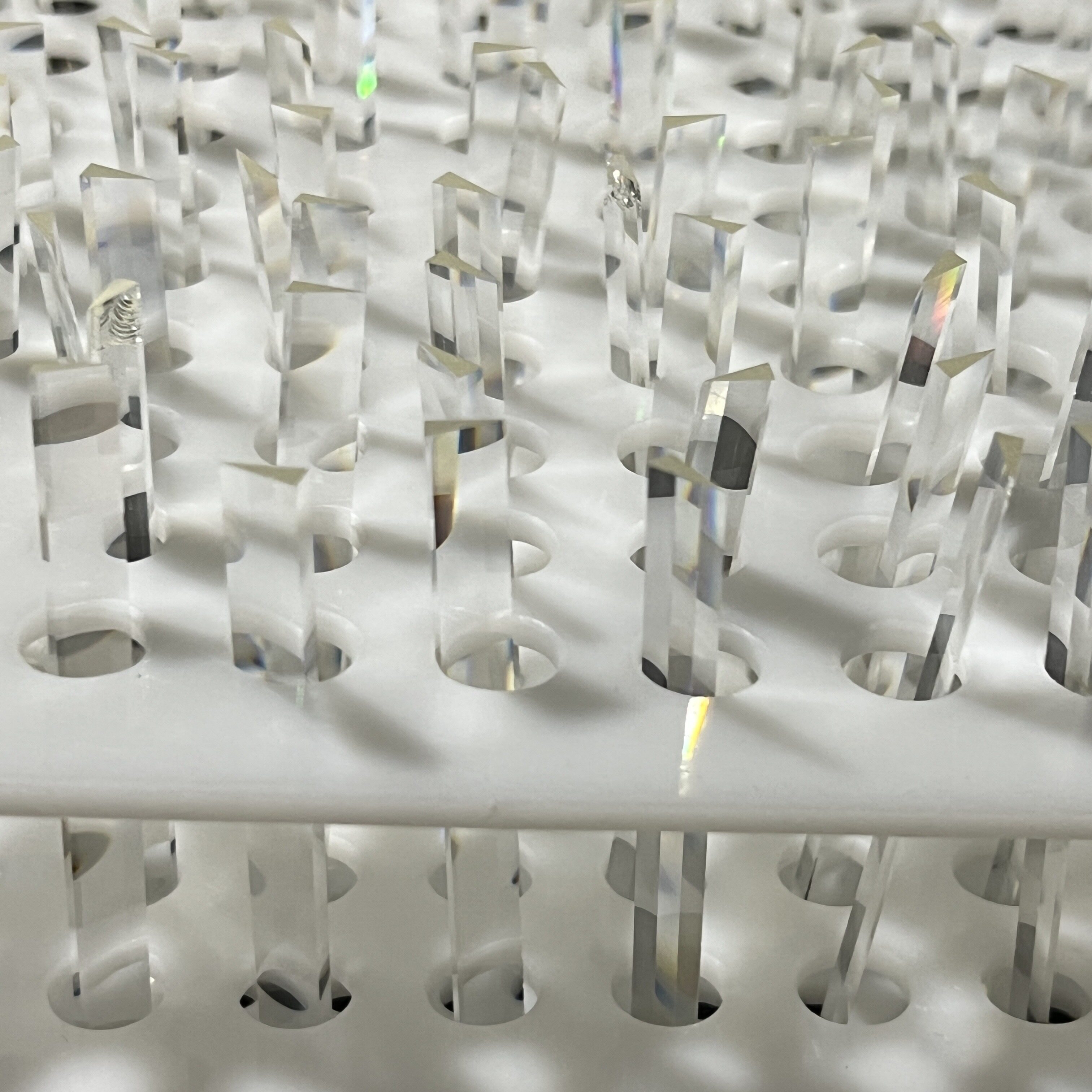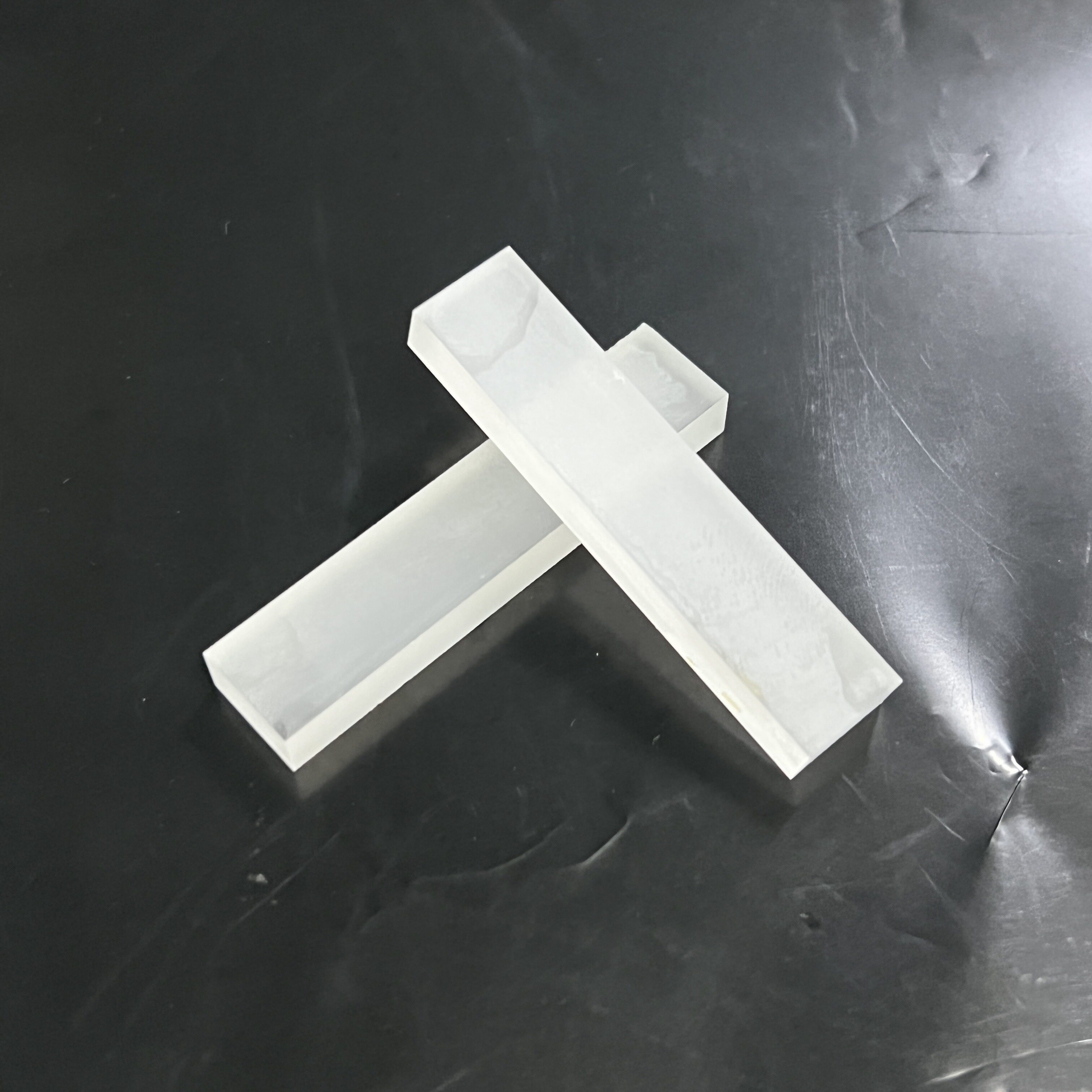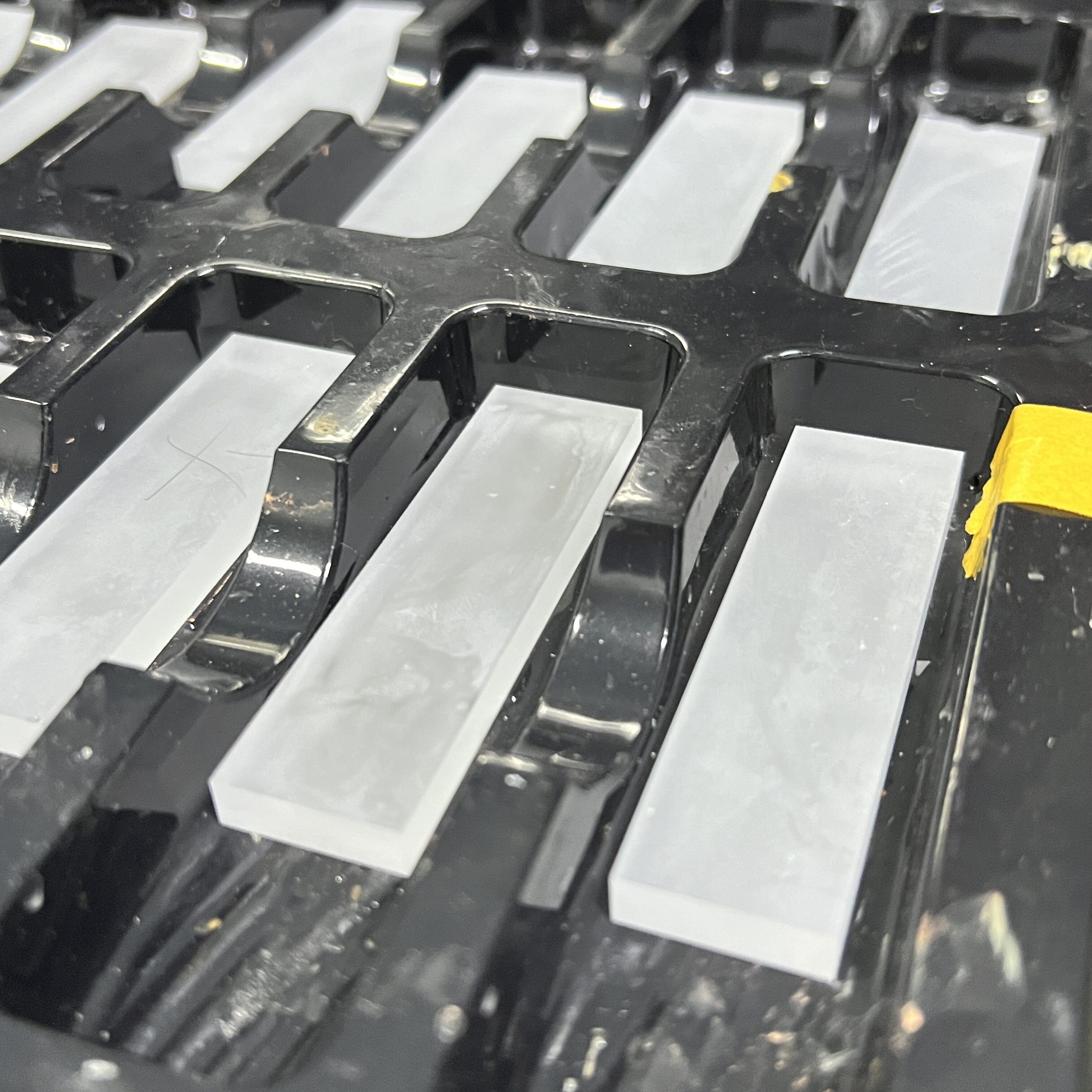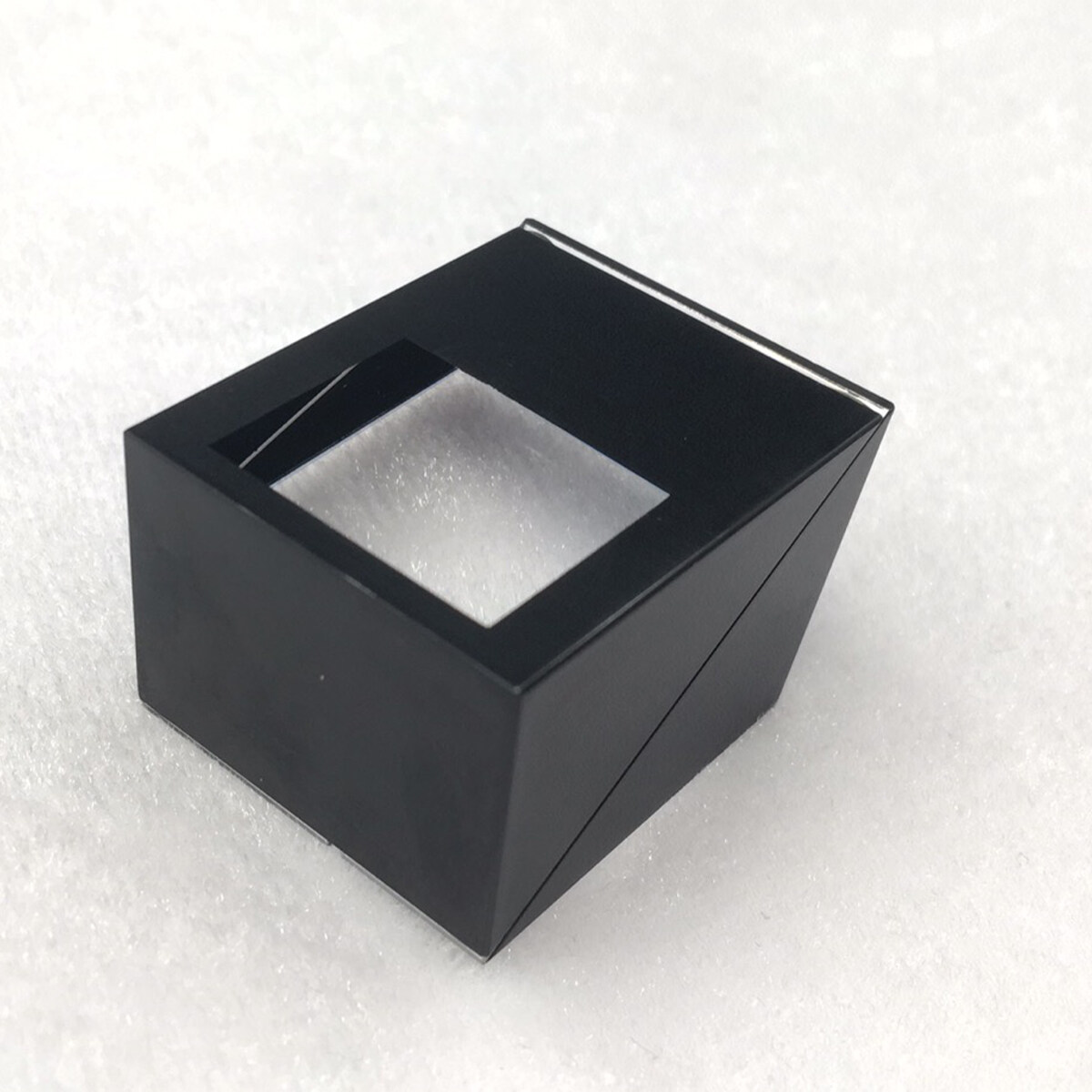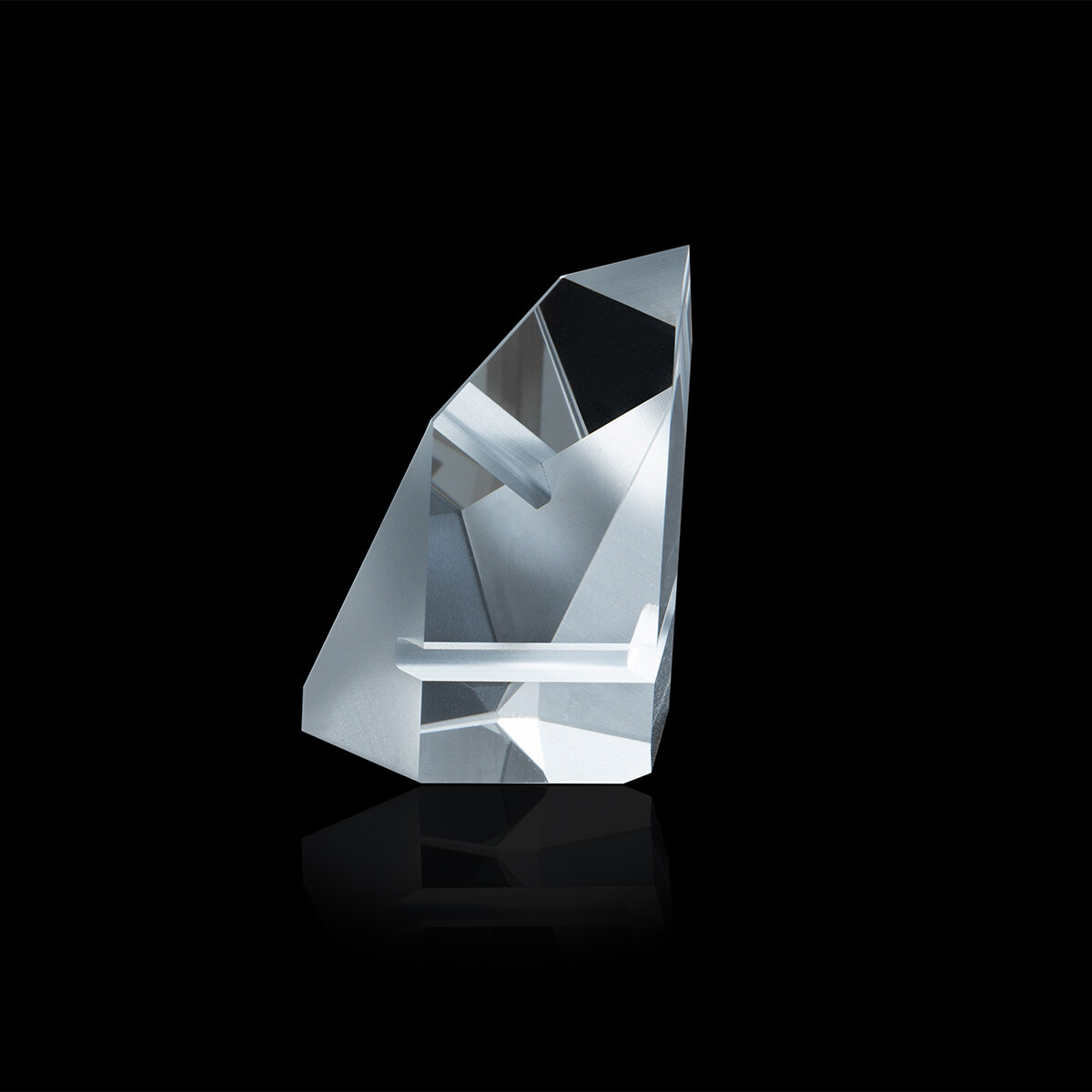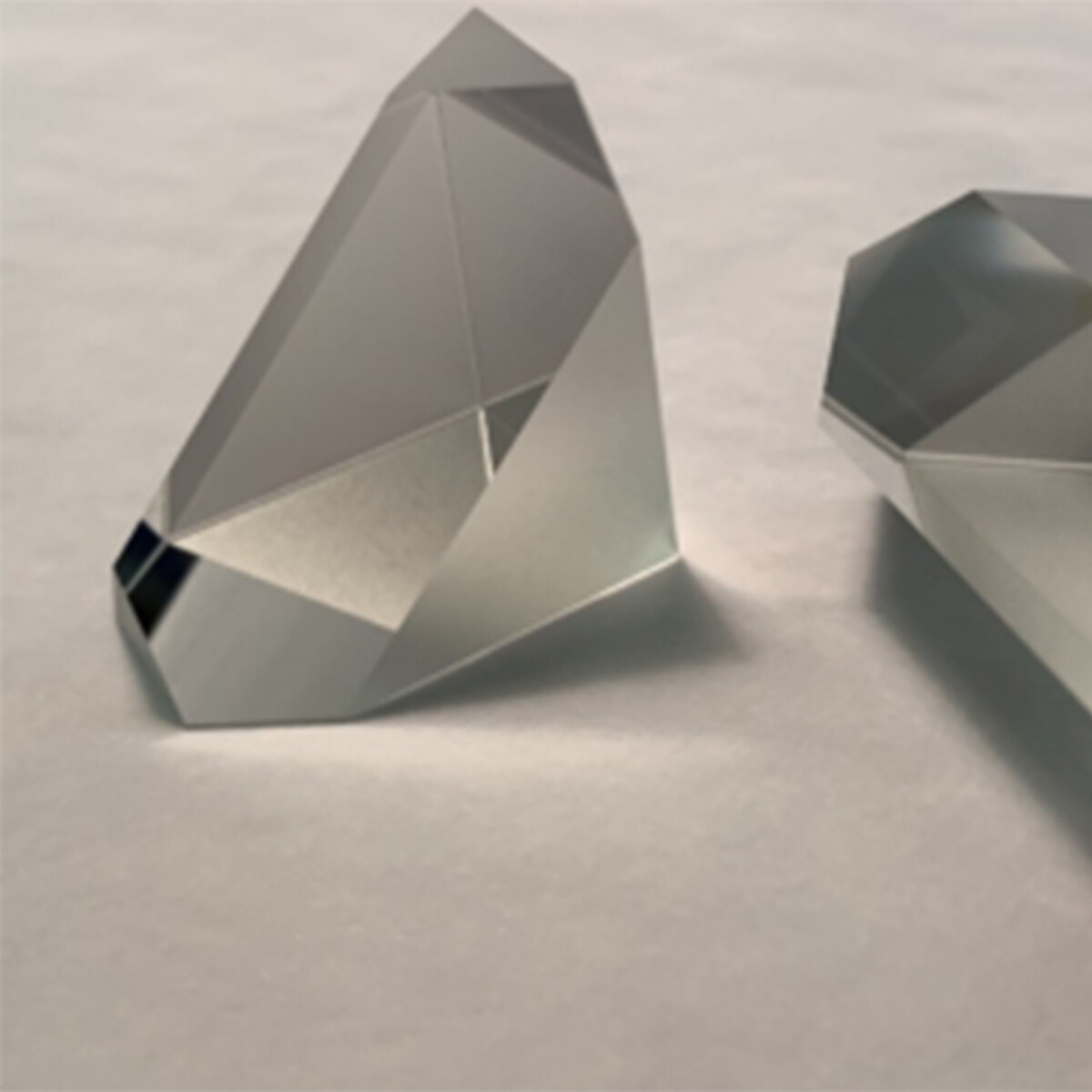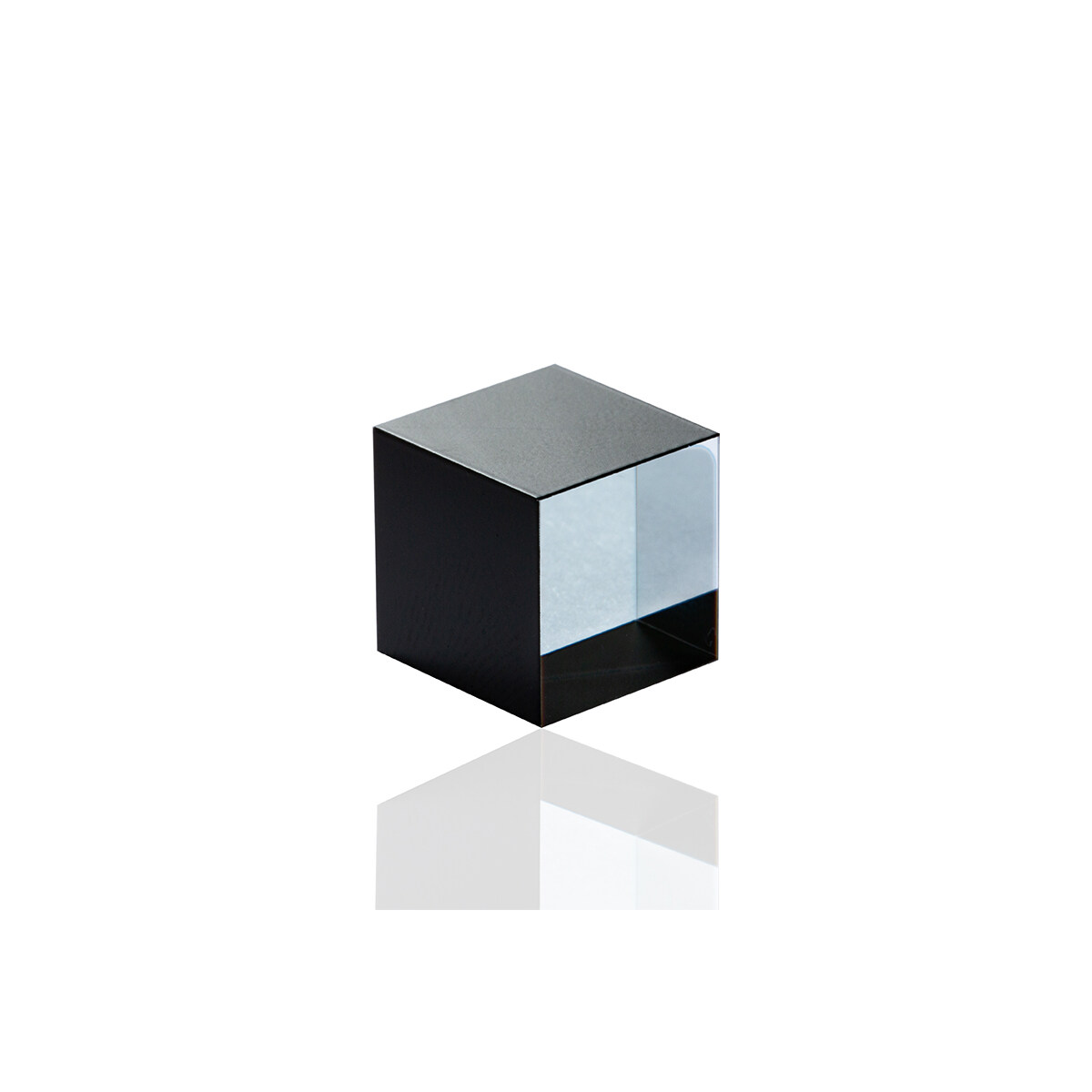Email format error
Email cannot be empty
Email already exists
6-20 characters(letters plus numbers only)
The password is inconsistent
Email format error
Email cannot be empty
Email does not exist
6-20 characters(letters plus numbers only)
The password is inconsistent

Strip Prism
We use custom optical glass Prisma for applications including dIfferent types of prism geometry, physics, medical, etc. We can manufacture our Strip Prism in different colors and shapes.Our experts would love to help you with your requirements!
A remarkable feature of the prism is that it can simulate the light reflection in a prism medium as a plane mirror system. Replacing mirror components is probably the most useful prism application because they both refract or fold light and change image alignment. To achieve an effect similar to a single prism, multiple mirrors are usually required. Therefore, replacing several mirrors with one prism can reduce potential calibration errors, improve accuracy and reduce the size and complexity of the system.
The discovery of the prism
Newton discovered the dispersion of light in 1666. In the 10th century A.D., the Chinese called the natural transparent crystal after sunlight "wuguangshi" or "guangguangshi", and realized that "as long as sunlight is shining, it becomes five colors like a neon". This is the world's earliest understanding of the dispersion of light. It shows that people have liberated the dispersion of light from the mystery and know that it is a natural phenomenon, which is great progress in the understanding of light. It is 700 years earlier than Newton's understanding that white light is composed of seven colors by dividing sunlight into seven colors through a prism.
Prisms are polyhedrons made of transparent materials and important optical elements. The plane on which light enters and exits is called the side, and the plane perpendicular to the side is called the main section. According to the shape of the main section, it can be divided into three prisms, right angle prisms, pentagonal prisms, etc. The main section of a prism is a triangle, with two refracting surfaces. Their included angle is called the vertex angle, and the plane opposite the vertex angle is the bottom surface.
According to the law of refraction, the light passes through the prism and deflects twice to the bottom. The angle Q between the outgoing light and the incoming light is called the deflection angle. Its size is determined by the refractive index n and the incident angle I of the prism medium. When it is fixed, different wavelengths of light have different deflection angles. In visible light, the largest deflection angle is purple light, and the smallest is a red light.
Function of prism
1. Common digital equipment: camera, closed-circuit television, projector, digital camera, digital video camera, CCD lens, and various optical equipment.
2. Science and technology: telescope, microscope, level gauge, fingerprint instrument, gun sight, solar energy converter, and various measuring instruments.
3. Medical instruments: cystoscope, gastroscope, and various laser treatment equipment.
In modern life, prisms are widely used in digital equipment, science and technology, medical instruments, and other fields. Some optical experiments are also inseparable from prisms. Consumers can go to the local optical instrument sales point to buy. Of course, with the rapid development of the Internet economy, we can also buy what we need through online shopping. When purchasing, pay attention to choosing regular business manufacturers, ensure that there is after-sales service and quality maintenance, shop around, and choose the products with the highest cost performance.



